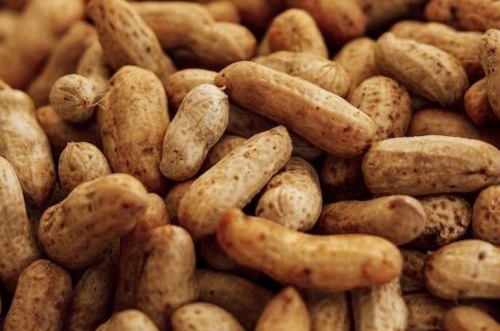W49 Peanut Update: Surging Prices in Brazil and Production Disruption in China

Brazilian Raw Peanuts Price Surge due to El Niño and Increasing Demand
In Nov-23, the price of Brazilian raw peanuts saw a significant 24.1% year-on-year (YoY) increase, averaging USD 1.76 per kilogram (kg). This surge is primarily attributed to severe droughts caused by the El Niño phenomenon, impacting peanut quality and harvest in Brazil. Similarly, irregular floods in the northeastern provinces also disrupted peanut production in China. Furthermore, rising soybean prices and robust export demand, especially from Russia, further boosted the prices in Brazil. However, the price is expected to stabilize or decrease as the peanut harvest season concludes in the Northern Hemisphere. Nevertheless, the European Union's rejection due to quality issues, potentially impacting the competitiveness of Brazilian peanuts in the global market.
China's Strategic Advantage in the Global Peanut Market
In 2023, China's peanut export benefited from declining crop quantity from Argentina and increasing global prices. China stands out in the global peanut market by offering high-quality products at competitive prices, which creates a promising export. China's strategic positioning provides an advantageous option for buyers seeking reliable sources amid changing market dynamics.
Wholesale price of Chinese Peanut Declined in Saudi Arabian market
In W49, the wholesale price of Chinese peanuts (25/29) in the Saudi Arabian market stood at USD 1,480 per metric ton (mt), decreasing by USD 200/mt compared to the price in W48. The market is highly competitive, given a relatively high price level. Traders buy only by thoroughly analyzing offers, and considering factors such as quality, volume, and contract terms to uphold reasonable profit margins.


